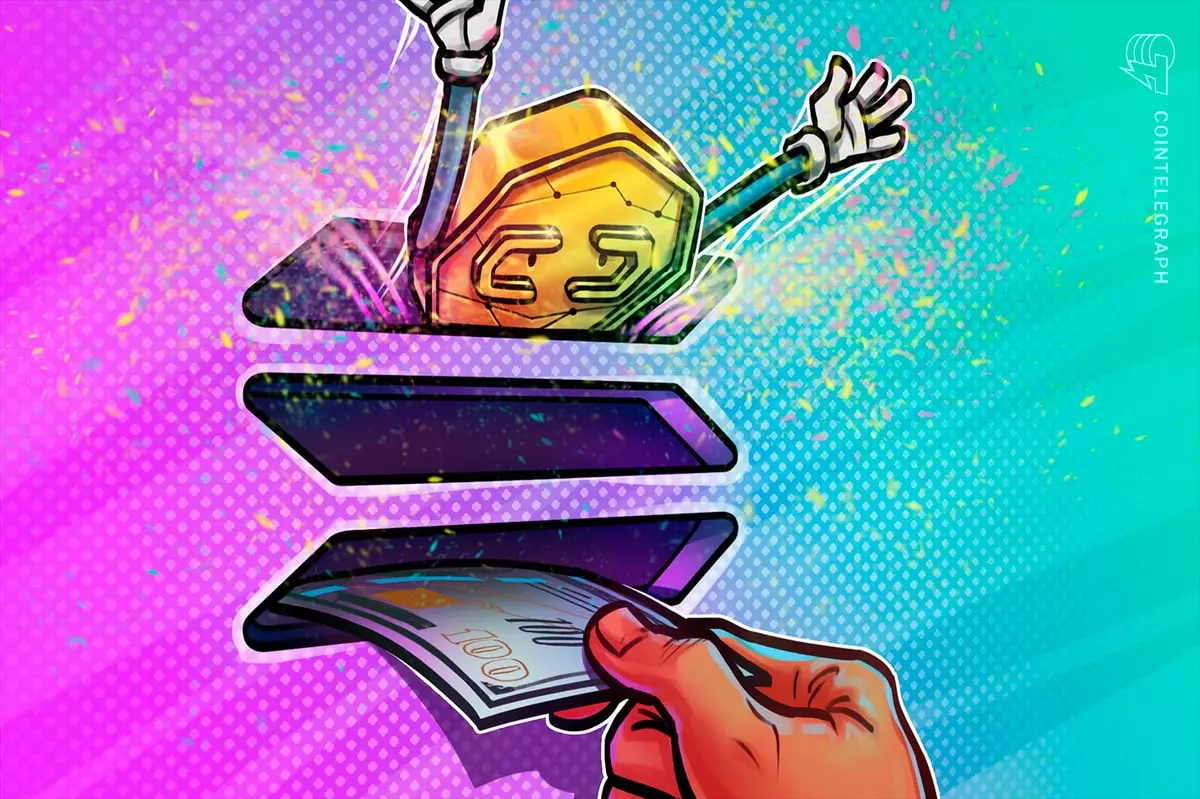Solana’s native token, SOL (SOL), has experienced a remarkable 22% surge on November 10th, surpassing the $54 mark for the first time since May 2022. This surge occurred despite the continuous selling of SOL tokens by FTX’s bankruptcy estate. The sale of the failed exchange’s assets, which included 55.75 million SOL, was approved by the Delaware Bankruptcy Court in September 2023. However, investor enthusiasm for SOL’s price increase is attributed to various factors that indicate a limited impact of the token sales.
Resilience Amidst Token Dump
Initially, there was fear and uncertainty surrounding the asset liquidation resulting from the FTX bankruptcy proceedings. Nonetheless, as investors realized the limited impact of the sales, this fear transformed into hope, leading to SOL’s resilience. According to trader and independent analyst Bluntz, SOL’s ability to withstand the token dump during the FTX bankruptcy is impressive. This sentiment was further echoed on X (formerly Twitter), where a post added a bullish case for SOL, stating: “Once this seller is gone, I can only imagine how hard it’s gonna pump.”
Futures Open Interest and Funding Rate
SOL’s substantial 39% weekly gains have pushed its futures open interest to $745 million, the highest level since November 2021 when SOL achieved its all-time high of $260. However, it is important to examine SOL’s funding rate in futures markets for a more nuanced perspective. Currently, SOL’s futures funding rate represents a 0.5% weekly cost for leverage longs, which is not excessive given the prevailing bullish momentum. This is a significant shift from the funding rate levels observed three weeks earlier when leverage shorts were paying for leverage use. These factors indicate that derivatives markets may have played a role in SOL’s rally.
Despite the potential influence of derivatives markets, there is solid evidence suggesting growth within the Solana ecosystem in terms of deposits and the usage of decentralized applications (DApps). Solana’s total value locked (TVL), which measures the amount deposited in its smart contracts, has reversed its declining trend after six consecutive weeks. Additionally, Solana’s DApps deposits have seen a 10% increase in the last three days. While still below the pre-FTX bankruptcy level of 30 million SOL, this recent trend hints that the worst period for the Solana network may be behind us.
Increase in Active Addresses
To validate that the movement isn’t solely driven by a few large holders inflating TVL, it is crucial to analyze the number of users employing active addresses as a proxy. In this aspect, Solana is showing promising growth. It ranks as the fourth-largest blockchain in decentralized finance (DeFi) TVL and has experienced a 28% growth in the number of active addresses. This surge in activity is notable as competitors, including market leader Ethereum, have faced declines in DeFi active users.
While SOL token bulls benefit from the increased network activity and higher TVL, there are concerns about the sustainability of SOL’s bull run above $54. Despite having comparable DeFi TVL, Solana’s current market capitalization of $22.8 billion has surpassed Polygon’s $7.8 billion by nearly threefold. Furthermore, Solana protocol’s accumulated 30-day fees pale in comparison to BNB Chain’s $9.1 million, raising doubts about SOL’s valuation after its recent rally.
As of now, there is no evident reason to bet against the trend, as there is no excessive leverage demand observed in SOL derivatives contracts. However, the fundamentals suggest that there may be limited room for further upside. It remains to be seen whether SOL can sustain its recent bullish momentum and continue its upward trajectory. Investors and traders should exercise caution and monitor the developments within the Solana ecosystem closely.

